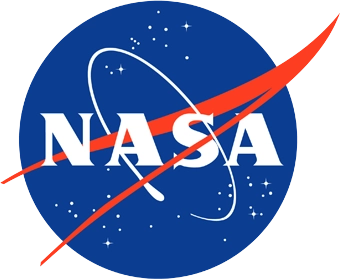I'm a Civil Servant Scientist at NASA’s Goddard Space Flight Center studying plasma wave/particle interactions and the impacts of energetic electron precipitation on the ionosphere/atmosphere system using data from satellites, sounding rockets, and ground-based instrumentation. This precipitation drives variations in Space Weather by enhancing satellite drag, disrupting communication systems, and can be hazardous to satellite systems and astronauts. I’m also leading efforts to bridge knowledge and structural gaps that traditionally separate researchers from the ionosphere/magnetosphere communities from effectively collaborating with those in the high-altitude neutral atmosphere community.
I received my Ph.D. from the University of Iowa in 2008, studying the propagation of chorus waves under Dr. Craig Kletzing. From 2008 until 2021 I was a Research Scientist at the University of Minnesota, and from 2011 until 2019 I was a member of the Van Allen Probes Electric Fields and Waves (EFW) team, providing data, analysis, calibration, and production of electric and magnetic field data. A large focus of this effort was spent on collaborations with other teams including the BARREL balloon missions.
Past projects include the study of lightning- and transmitter-generated whistler mode waves and their strong coupling to low altitude density irregularities, whistler mode waves in the solar wind, cyclotron harmonic waves at the bow shock, the large-scale coupling of different plasma regions in response to external solar wind driving and ultra-low frequency waves.
